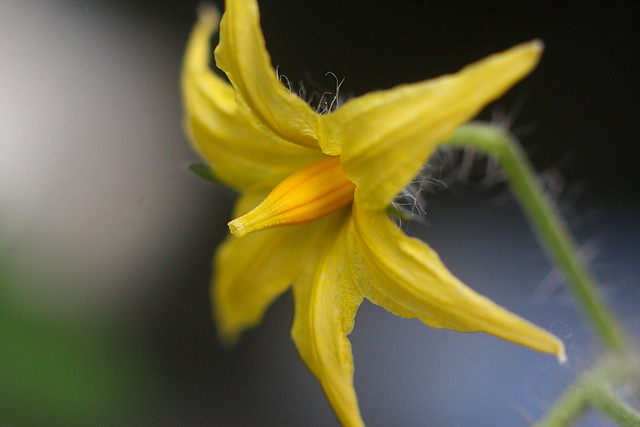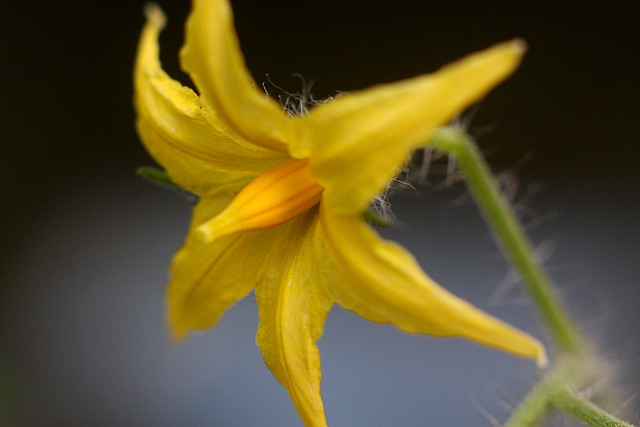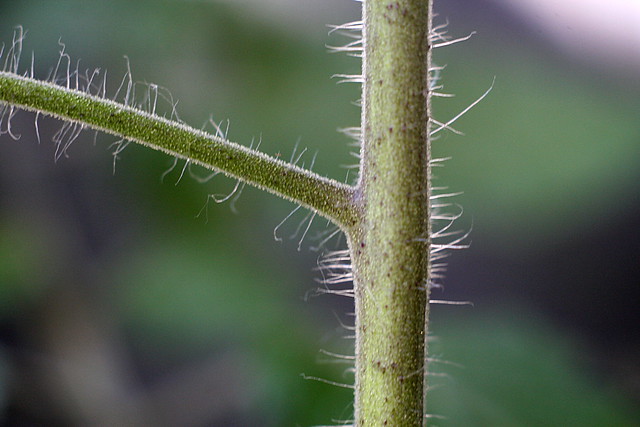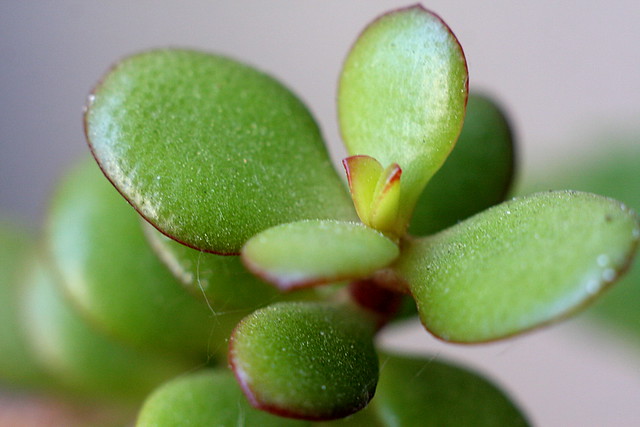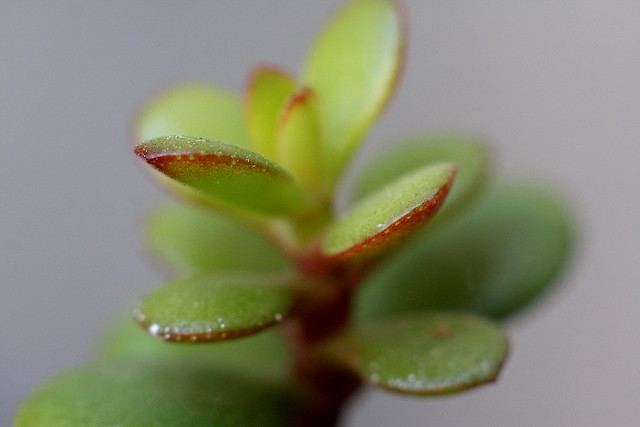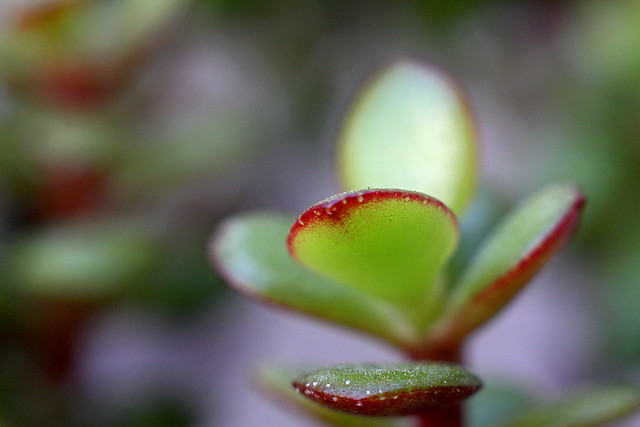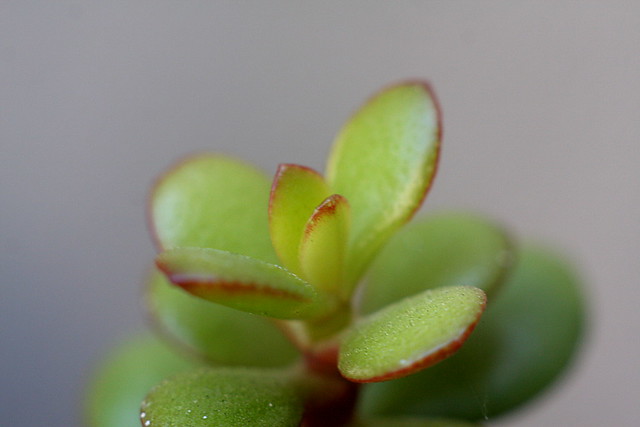Today's painted intersection is at NE 6th & Going, just east of MLK Boulevard and next to King Elementary. The design has trees, flowers, rainbows, birds, musical notes, local community buildings etc., arrayed around a central sun and moon. I wouldn't rely on it as a guide to how the universe is laid out, but it seems nice and cheerful. Intersection painting is often arranged by neighborhood associations, but this one seems to be spearheaded by Envirovillage, a local nonprofit, with some help from volunteers recruited through Alberta St. Last Thursdays, the trendy monthly art party.
A couple of years ago, this intersection got a post on Sonic City PDX, a Tumblr where local artists and musicians contributed interesting soundscapes from around the city. It seems there's a large tumbledown house on one corner of the intersection; parts of the house are painted a loud shade of purple, and whoever lives there is in the habit of blaring classical music at random hours of the day. Because this happened in 2012, the project also involved QR code stickers, which you could scan to take you to the appropriate Tumblr post. Those stickers may not have survived the elements, so here's the link. I'm pretty sure that's easier than scanning a QR code anyway.
I'm fairly sure that house is haunted, actually. I was looking through the Oregonian database for anything interesting that might have happened right here. A bit of juvenile delinquent car theft, but I also came across a long family saga of misfortune spanning several decades, pieced together through occasional newspaper stories. I usually go wherever the search results take me, but I went back and forth about including the story; I think I'll just give a synopsis and not link to the newspaper articles or include exact dates or people's names, since some of them might still be around, and I'm not really in the business of reopening old wounds. You'll just have to trust me that this was in the paper. Or you can find it in the Oregonian database yourself if you care to look. Or we can just call it a ghost story and leave it at that.
The family in question came to Portland during World War II to work in the shipyards, and they settled in shiny new Vanport City. (The husband also worked in construction at Hanford for a while at some point.) They lost almost everything in the Vanport flood, and the paper ran a photo of the family as refugees, showing the parents, their eight children, and their few surviving belongings. Eventually they ended up living at 6th & Going. Some years later, the husband was a witness to a drowning at Swan Island; a few months later he himself was dead, shot by his wife while they were visiting friends elsewhere in town. She insisted it was an accident; she'd never used a gun before, she said, and was just trying to scare him, with a little help from a .38. The state put her on trial anyway. The database didn't tell me how the trial turned out, but a few months later one of the now-nine kids shot and wounded his sister with a .38, possibly the very same gun that killed their father. Other siblings (I think) showed up in the paper at least through the 70s, typically drug and petty crime arrests in the police blotter, as if their world had imploded.
I don't really want to end this on a down note, since that happened a long time ago, and today's intersection is apparently 100% sweetness and light, and birds, and fish, and music, and community spirit, etc., and as far as I know you're probably OK trick-or-treating at the spooky classical music house.
